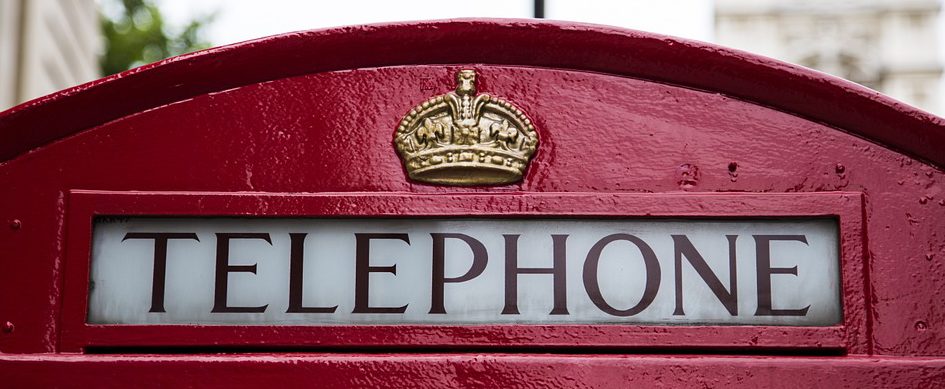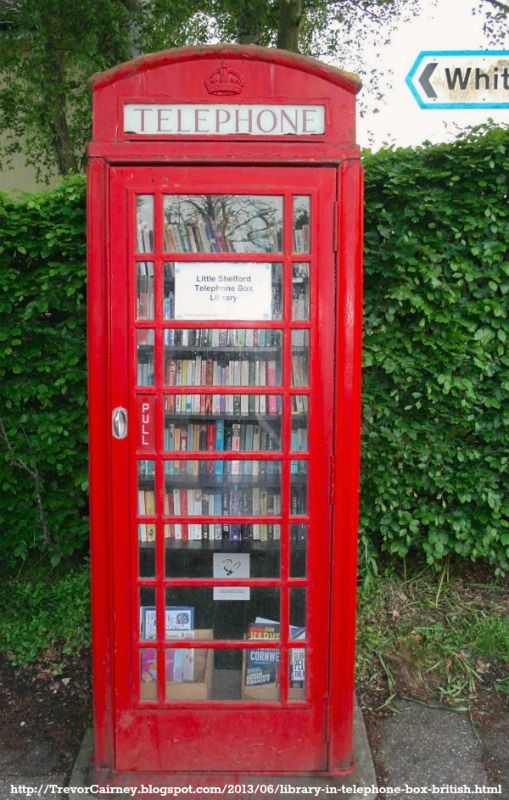 Sadly the iconic red telephone box, beloved by visitors to the UK, much used by film directors and loved by the majority of Britons, has fallen into decline over the last couple of decades mainly due to the advancement of mobile telephones.
Sadly the iconic red telephone box, beloved by visitors to the UK, much used by film directors and loved by the majority of Britons, has fallen into decline over the last couple of decades mainly due to the advancement of mobile telephones.
It is regrettable there was no system to save this visible symbol of communication. Quite recently where the phone boxes that have not been removed, they have been offered to Parish Councils for £1 to maintain them as useful community aids.
The Parish of Hilmarton in Wiltshire which contains the villages of Hilmarton and Goatacre as well as many large farmsteads has done just that and they now look after two such boxes.
These phone boxes have been lovingly restored and the box in Hilmarton is now one of the smallest museums in the world. Currently showing a history of the Parish in WWI.
The one at Goatacre is a lending library.
In other places, as well as libraries the communities have used them to house defibrillators.
It is, perhaps, worthwhile taking some time to consider the designer of these wonderful telephone boxes. It was the architect Sir Giles Gilbert Scott.
Scott’s most ubiquitous iconic red telephone box design was created for the General Post Office. He was one of three architects invited by the Royal Fine Arts Commission to submit designs for new telephone kiosks. The invitation came at the time Scott was made a trustee of Sir John Soane’s Museum in Lincolns Inn Field in London. His design was in the classical style, topped with a dome reminiscent of the mausoleum Soane designed for himself in St Pancras Old Churchyard, London. It was the chosen design and was put into production in cast iron as the GPO’s “Kiosk no. 2” or “K2”.Later designs adapted the same general look for mass production: the Jubilee kiosk, introduced for King George V‘s silver jubilee in 1935 and known as the “K6”, eventually became a fixture in almost every town and village.
Sir Giles Gilbert Scott (A short biography)
(9 November 1880 – 8 February 1960) was an English architect known for his work on such structures as Liverpool Cathedral, Waterloo Bridge and Battersea Power Station. Scott came from a family of architects. He was noted for his blending of Gothic tradition with modernism, making what might otherwise have been functionally-designed buildings into popular landmarks.
Geoff Procter, Hilmarton, Wiltshire

